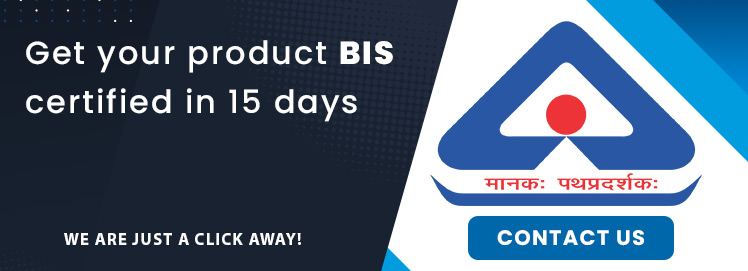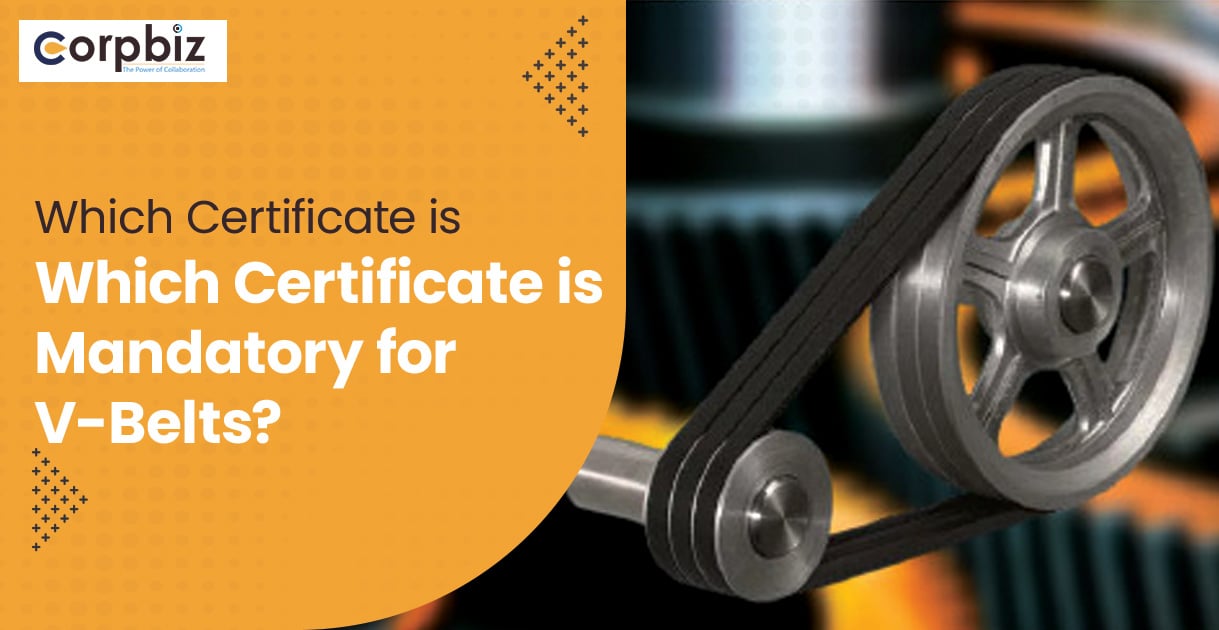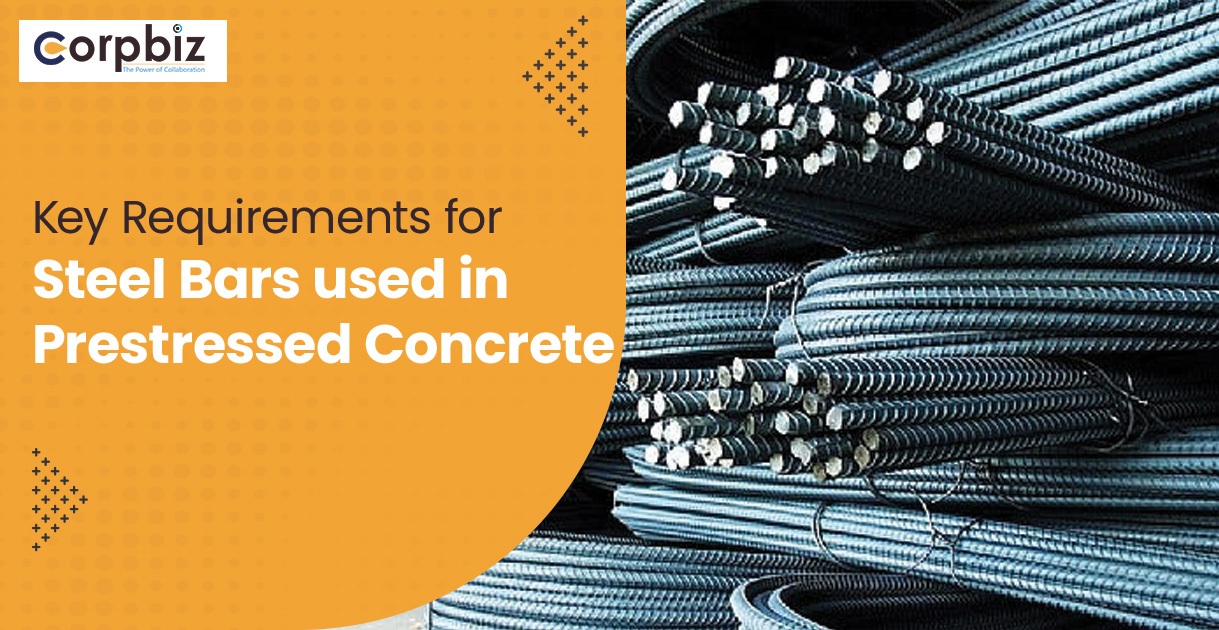Steel Chequered plates are metal plates with elevated diamond patterns on one side. They are generally used for industrial flooring, stair treads, and all places where a non-slip feature is desired. Their quality and safety thus become important in view of the wide range of critical applications.
One of the critical elements involved in quality assurance is compulsory certification. This ensures that products conform to specific standards and regulations and guarantees performance and safety. In this blog, we shall discuss the main mandatory certification requirements for Steel Chequered plates, look at the certification process, and discuss several benefits accruing from following these standards.
Key Features and Benefits of Steel Chequered Plates
The significant features and benefits of steel chequered plates are mentioned below-
1. Slip Resistance: The raised patterns create the best traction for plates, whether in diamond, lentil, or teardrop shapes, which may be most needed in slippery areas.
2. Durability: Steel-chequered plates are widely known for their robustness, corrosion resistance, and long service life, which guarantee long-term performance.
3. Versatility: It is suitable in diverse applications, such as construction, transport, and manufacturing.
4. Aesthetic Appeal: The distinct patterns add a visual element to structures, enhancing their overall look.
Applications of Steel Chequered Plates
Steel chequered plates find use in a wide array of industries due to their versatility and diverse characteristics. Some of the major uses are given below:
1. Construction Industry
Staircases and Walkways: Their slip-resistant surface makes them ideal for high movement areas. Steel Chequered plates are used in factories, warehouses, and commercial buildings to form durable and safe flooring solutions.
2. Transportation Sector
- Vehicle Flooring: Provides non-slipping surfaces inside trucks, buses, and trailers.
- Ramps: Used in loading and unloading areas because they are strong and non-slip.
3. Industrial Applications
- Manufacturing Plants: Used for machinery platforms, catwalks, and other operation areas that require heavy-duty flooring.
- Oil & Gas Industry: For use on offshore platforms and in all areas where slip resistance is important.
4. Public Infrastructures
- Bridges, overpasses: for walkways and maintenance tracks in the interests of safety.
- Public Transport Stations: Train and bus stations, in general, their floors and access ramps.
5. Decorative Purposes
- Interior Design: Used for aesthetic appeal and functional properties in modern architecture and interior design
- Furniture: It is integrated into the designs for industrial-style furniture.
Importance Of Certification of Steel Chequered Plates
Certifications ensure that steel chequered plates meet up to the envisaged standards of quality and safety. It simply means that the products are manufactured following certain specified guidelines so that there is minimal risk of failures in critical applications. Certification also helps much in matters pertaining to compliance with regulations, thereby aiding manufacturers and suppliers within local and international standards. This, according to market trust and consumer confidence, enhances buyer reliance on the quality and safety of certified products.
IS 3502:2009 Standard
IS 3502:2009 is an important standard in the manufacturing and construction industries since it specifies the dimensions, tolerance, and mechanical requirements of steel chequered plates. It ensures that there will be optimum strength and durability with resistance to skid inside the plates.
BIS/ISI Certification
Steel chequered plates, to be marketed and used in India, must adhere to the Bureau of Indian Standards that concern it which is IS 3502:2009. The BIS/ISI certification indicates that such plates meet stringent quality and safety standards set by Indian authorities, facilitating their safe and reliable use in various applications.
Certification Process for Steel Chequered Plates
1. Application Submission: Complete with all documents and the application fee.
2. Scrutiny and Queries: The application is reviewed, and any discrepancies are addressed.
3. Product testing: Submission of in-house laboratory test reports to substantiate its compliance with the relevant standards.
4. Certification Approval: The certification shall be approved once all specified criteria have been met.
Mandatory for Foreign Manufacturers
Foreign manufacturers looking to sell steel chequered plates in India must have BIS/ISI certification. Such certification confirms that products comply with Indian standards and assures that quality and safety are met for the end-user in the Indian market.
Documents to be Submitted by Foreign Manufacturers
Following are the basic documents to be prepared by foreign manufacturers willing to obtain BIS/ISI certification in India:
1. Main Application Form V: This form captures primary information about the factory and product category.
2. ISI Application Fee: Attach a duplicate copy of the remittance or payment advice indicating that one has paid for the application fee.
3. In-House Laboratory Test Report: The report shall mention the product’s compliance with the relevant Indian Standards and shall be conducted within one month of submission.
Advantages of BIS Certification
The following are some of the advantages of BIS certifications for Steel Chequered Plates:
Enhanced Safety
The patterns serve to provide good slip resistance, hence reducing the potential for accidents where there are lots of movements, such as stairways, ramps, and walkways.
Ease of Maintenance
These plates can be easily cleaned and maintained, making them handy both indoors and outdoors.
Cost-Effectiveness
While it is durable and has a low cost for maintenance, steel chequered plates are cost-effective in the long run.
Market Access
Once certified by BIS/ISI, manufacturers are allowed to access the Indian market with the assurance that their products meet Indian quality and safety standards.
Consumer Confidence
The certification of products infuses confidence in consumers about the safety and reliability of the product.
Regulatory Compliance
Ensures local regulations for the products and thereby avoids legal and administrative issues.
Common Challenges in Certification
Accreditations of steel chequered plates are a well-structured process set to ensure that the factory products meet high standards in quality and safety. Getting and maintaining certification, however, is not easy; some challenges come with it in the following ways.
Understanding such challenges can help manufacturers better sail their way through the certification process and maintain compliance over time.
1. Complex Regulatory Requirements
One of the basic challenges is the complexity in regulatory requirements. Each country or region has its own standards or regulations, such as the Indian standard IS 3502:2009.
The complications of those standards are very intricate and involve minute details for perfect understanding and interpretation. Manufacturers shall keep updating themselves on changing regulations, which can be time-consuming and may require specialised knowledge.
2. Thorough Documentation
The documentation involved in the certification process is huge. Manufacturers have to provide a detailed report on materials to be used, manufacturing practices, control on quality, and tests undertaken.
Sometimes, the preparation and maintenance of such documents become too difficult to handle, more so in the case of SMEs with limited resources. Getting the help of BIS experts will simplify the documentation process and help you get a BIS registration certificate with less effort.
3. Compliance Cost
Certification can be expensive. Add to this the application fees, testing costs, and possible modification of manufacturing processes, all adding up to a potentially large price tag.
For foreign manufacturers, that investment may not end there, as some additional cost is incurred by the need to comply with the local regulations of the market a manufacturer sells to. Such added expenses can already be heavy, more so for smaller-sized manufacturers.
4. Product Testing and Quality Assurance
Testing of the product is an exhaustive portion of the certification process. The manufacturer is under obligation to ensure that the steel chequered plates produced by him meet the wanted standards for durability, slip resistance, and other mechanical properties that are desired in the finished product.
In most cases, this shall require sophisticated facilities for testing and the technical talent associated with the same. Delays and costs associated with retesting, apart from the adjustments that need to be made, will ensue upon failure in the first instance itself.
6. Time-Consuming Process
The certification procedure itself takes a very long time: application submission, scrutiny, testing products, and approval. Delays in any of these will further elongate the time needed to market new products. All this requires careful timeline planning between the production schedule and certification processes to avoid disruptions in the manufacturer’s process.
7. Maintenance of Certification
Certification is not a one-time process. Rather, it has to be continuously sustained against standards through periodic reviews and recertification. That is to say, it is a continuous commitment from manufacturers, which implies regular audits, quality control, and being up to date on changing regulations.
Conclusion
The question of mandatory certification for steel chequered plates is, therefore, imperative to ensure quality, safety, and performance in many critical applications. Manufacturers guarantee that their products have the highest levels of durability, slip resistance, and mechanical strength through conformation to various strict standards, such as IS 3502:2009, and obtaining BIS/ISI certification not only aids in compliance with local and international regulations but also increases market access, consumer confidence, and general product reliability.
Though the process of certification could be complex and wearisome, it has several benefits, such as safety, cost-effectiveness, and marketability, that outweigh all challenges.
Frequently Asked Questions
What are steel chequered plates?
Steel chequered plates are metal plates with an elevated diamond pattern on one side. They find major applications in industrial flooring, stair treads, and other places where a non-slip surface is required.
How thick is a steel chequered plate?
The thickness of the steel chequered plate lies in the range of 2 mm-12.5 mm.
Why is certification necessary for steel chequered plates?
Certification attests to quality and safety standards for steel chequered plates, ensuring its performance in critical applications and use in compliance with local and international regulations.
What is IS 3502:2009?
IS 3502:2009 is an Indian standard for specifications on dimensions, tolerances, and mechanical requirements for steel chequered plates that ensure their strength, durability, and resistance to slipping.
What is denoted by BIS/ISI certification for steel chequered plates?
The BIS/ISI certification indicates that steel chequered plates meet the rigid quality and safety standards put across by the Bureau of Indian Standards and are thus safe for many uses.
Read our article: How BIS Certificate For Import Ensure Quality Standards?













